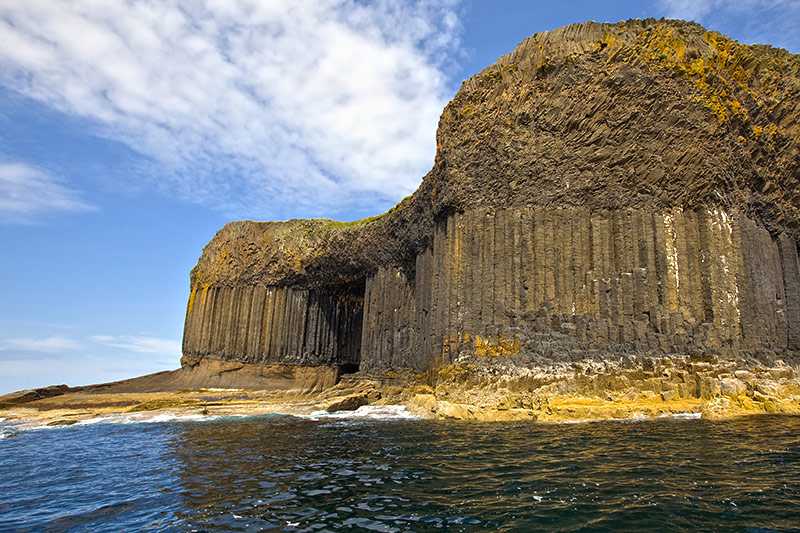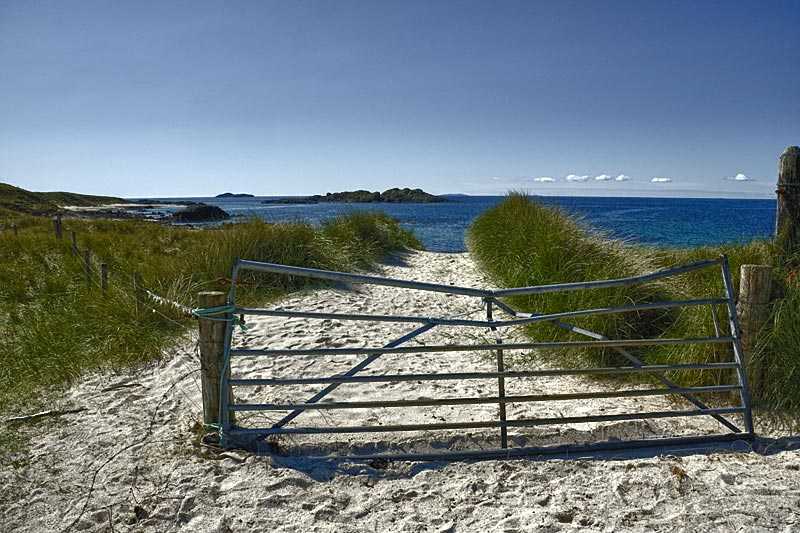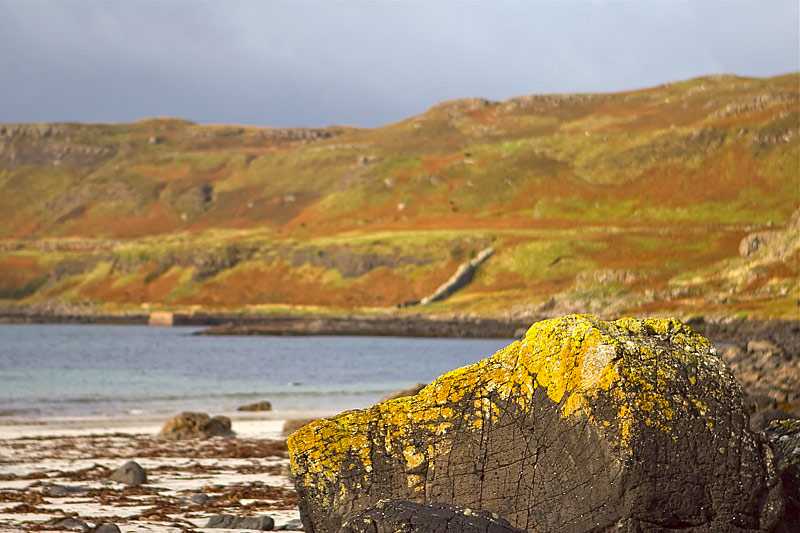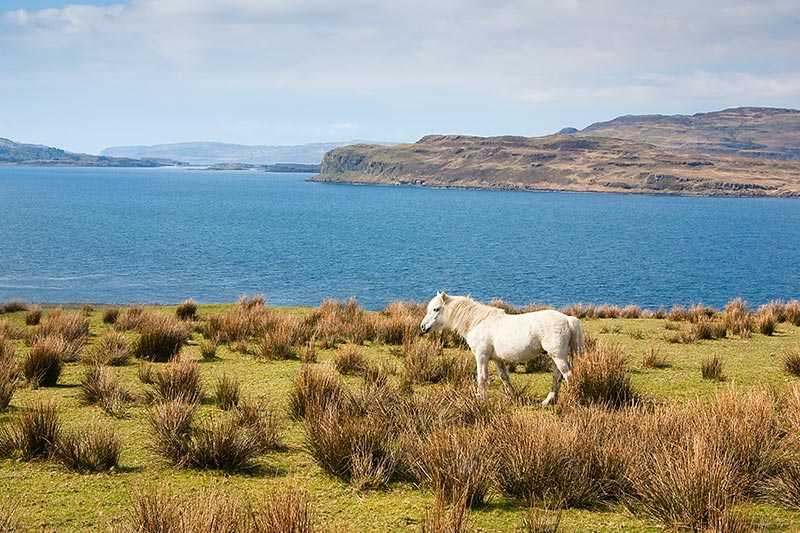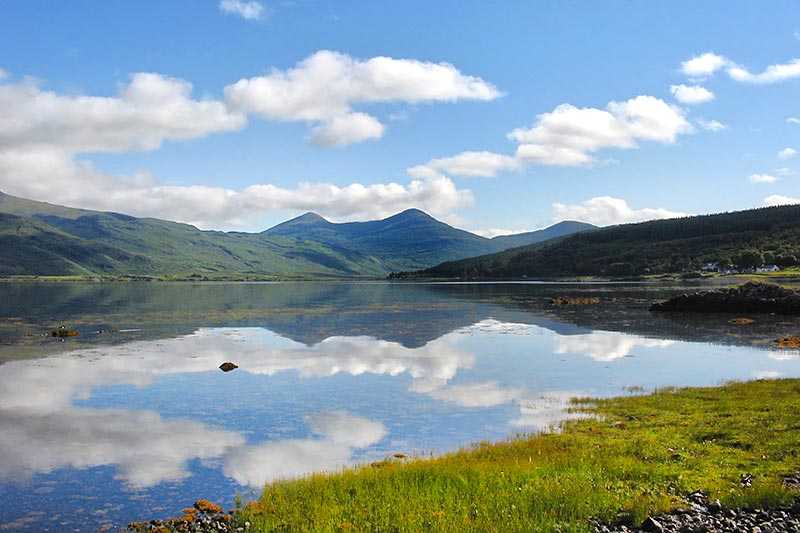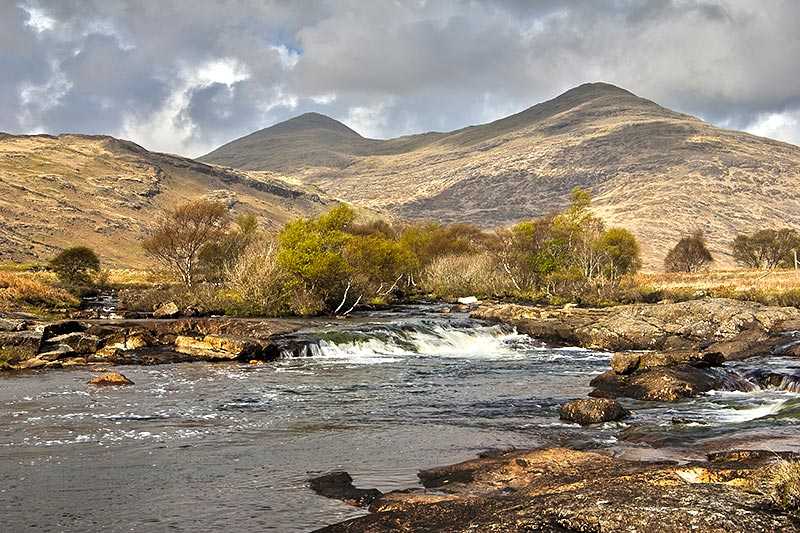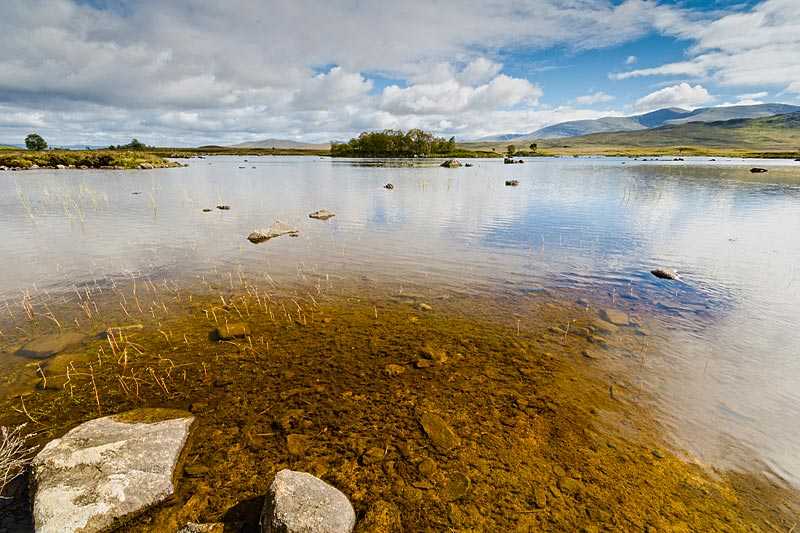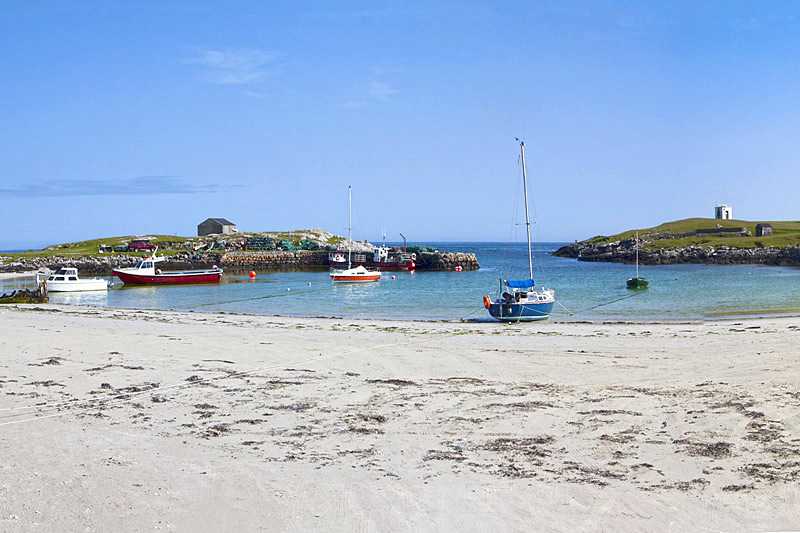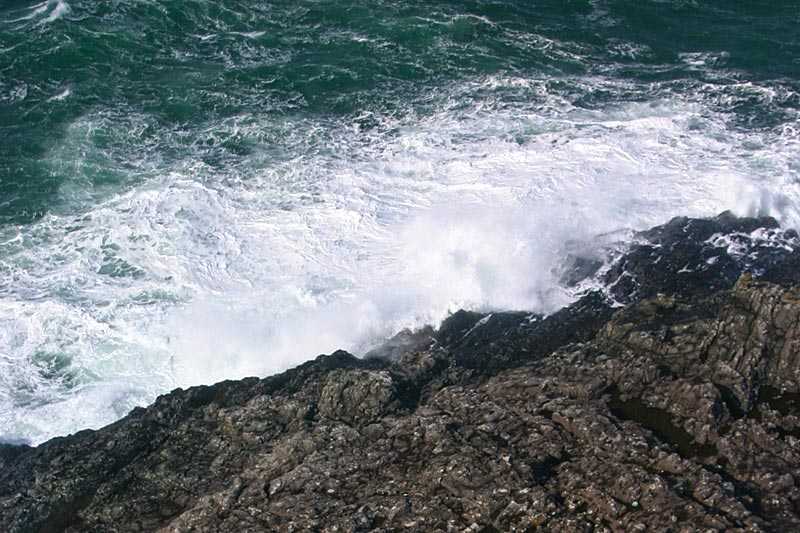Staffa Island
About Staffa Island
Staffa Island is one of the smallest islands in the Inner Hebrides in Argyll and Bute, Scotland. It lies around 10 km (~6 mi) to the west of the Isle of Mull and is...
About Staffa Island
Staffa Island is one of the smallest islands in the Inner Hebrides in Argyll and Bute, Scotland. It lies around 10 km (~6 mi) to the west of the Isle of Mull and is an entirely volcanic island featuring breath-taking basalt columns of such geometric precision that it’s hard to believe they were created by nature and not man.
Owned by the National Trust...
Attractions near Staffa Island
Activities
About Staffa Island
About Staffa Island
Staffa Island is one of the smallest islands in the Inner Hebrides in Argyll and Bute, Scotland. It lies around 10 km (~6 mi) to the west of the Isle of Mull and is an entirely volcanic island featuring breath-taking basalt columns of such geometric precision that it’s hard to believe they were created by nature and not man.
Owned by the National Trust for Scotland, the area is part of the Loch Na Keal National Scenic Area, one of 40 such areas in Scotland.
Wildlife
Uninhabited since 1800, the land was used as summer grazing by crofters from Iona over the last two centuries, but in 1997 all livestock was removed. This has now resulted in improvements in the island’s vegetation. The island features a rich and diverse community of seabirds nesting there, including puffin, black legged kittiwakes, shags and gulls.
Attractions
The most prominent and famous feature is Fingal’s Cave, a large sea cave named after the third century Irish warrior Fionn MacCool. The cave sits near the southern tip of the island. At 20 m (~66 ft) high and 75 m (246 ft) long, it is formed from cliffs of hexagonal basalt columns. The cave has long been known as an outstanding tourist attraction, and visitors have included Queen Victoria and Mendelssohn who was inspired by and immortalised it in his Hebrides Overture.
Although there’s no official port or harbour, there is a landing place for boats which run regular trips to the island from Mull, Oban, Iona and Fionaphort. Look out on the way for sightings of gray seals, minke, dolphins, basking sharks and pilot whales.
